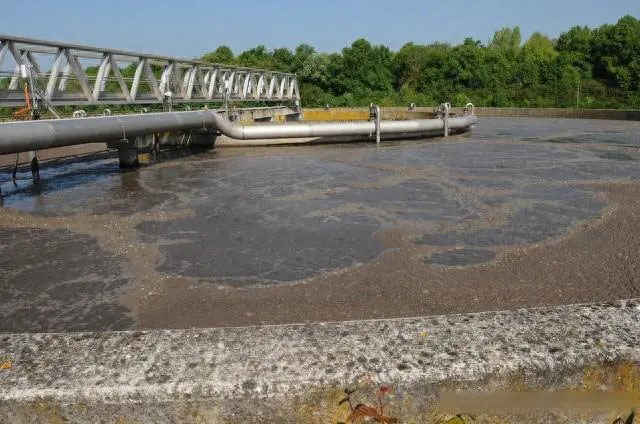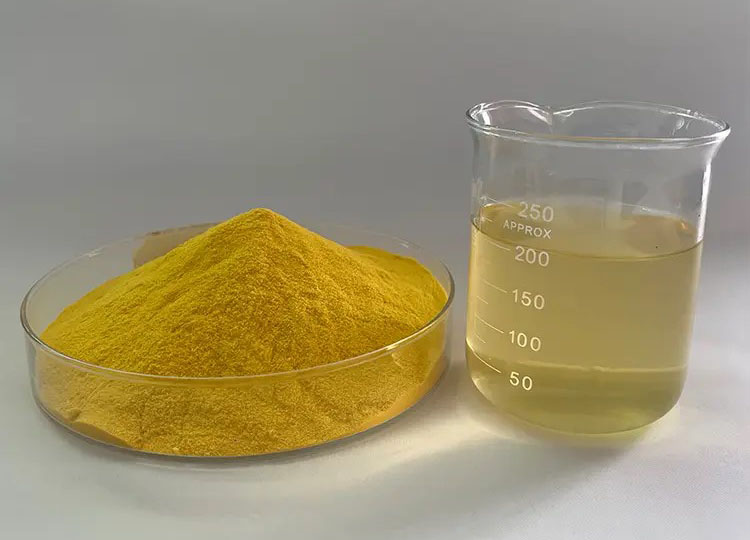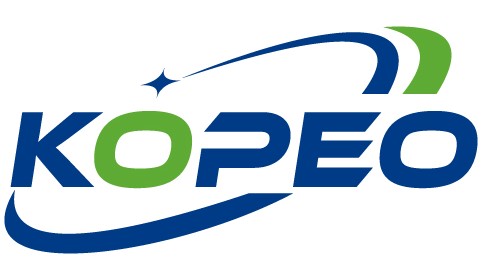With the progress of mankind and the development of industrial and agricultural production, people gradually realise that water is not an inexhaustible resource, so the treatment of urban sewage has received wide attention from all walks of life. In recent years, the increase of urban sewage treatment plant and the improvement of sewage discharge standard is a new topic for sewage treatment. Polymeric aluminium chloride is a kind of high-efficiency water purifier, and the biggest use in industry is Water Treatment Flocculant, but its flocculation effect is not only affected by its own alumina content, salinity and alkalinity etc., but also has different flocculation effect under different water quality. In actual production, on the one hand, the quality of the purchased PAC should be evaluated, and on the other hand, the input quantity of PAC should be determined according to the water quality of the raw water. When the water quality changes, when the quality of the purchased PAC changes, the input amount of PAC should be adjusted in time. In the case of unchanged treatment effect, the dosage of polymeric aluminium chloride should be controlled as much as possible, which can save cost and energy, and is conducive to ecological environmental protection.

When the solid product is dissolved into liquid with 1:3 water, add 10 to 30 times of water and dilute it to the required concentration before use. The optimum dosing pH is 3.5-5.0, and choosing the optimum pH can produce the maximum coagulation effect. The dosage can be determined according to the different turbidity of the raw water. Generally the turbidity of raw water is 100-500mg / L, per 1,000 tonnes of dosage of 10-20kg. raw water turbidity is high, you can increase the amount of dosage, turbidity is low, you can reduce the amount of dosage.
When used in rural areas, the agent can be put into the water tank, stirred evenly, static, the supernatant can be used. The agent and polymer flocculant combination of the best results. Anionic Polyacrylamide or cationic polyacrylamide and PAC can be dissolved into a composite flocculant after dosage, or first PAC added to the treated water to form flocs, and then added to anionic polyacrylamide adsorption after dosage, bridging into a large flocculent.

The dosage of polymeric aluminium chloride for different water quality:
1. In low turbidity water, dilute the solid polymeric aluminium chloride product with tap water at the ratio of 1:3 (weight ratio) and stir until completely dissolved.
2. In domestic sewage and production sewage, with reference to 1 ton of sewage, put about 30g of polymeric aluminium chloride product first. Then, put diluted polyacrylamide products.
3. In the sewage treatment of paper mill, use the proportion of low turbidity water to be added to the configuration. If the effect is not obvious, it can be further added appropriately.
4.When the turbidity of raw water is 100-500mg/L, the dosage is 5-10mg, i.e., the dosage is 5-10kg per thousand tonnes of water.Before use, conduct a small test according to the characteristics of the water quality, choose the best value, and then put it into use.
The harm caused by water pollution has been deeply rooted in people's hearts, the sustainable development of the economy and society, people put forward higher requirements for sewage treatment, pollution prevention and control of research also need to be carried out in depth. In how to efficiently achieve the problem of sewage treatment, the use of chemicals research is in an important position. The effective use of water treatment chemicals itself is the protection of the water environment. When using PAC flocculant in urban domestic wastewater treatment plants, the optimal dosage of PAC should be determined by combining the quality of the purchased PAC and the degree of pollution of the treated domestic wastewater.
